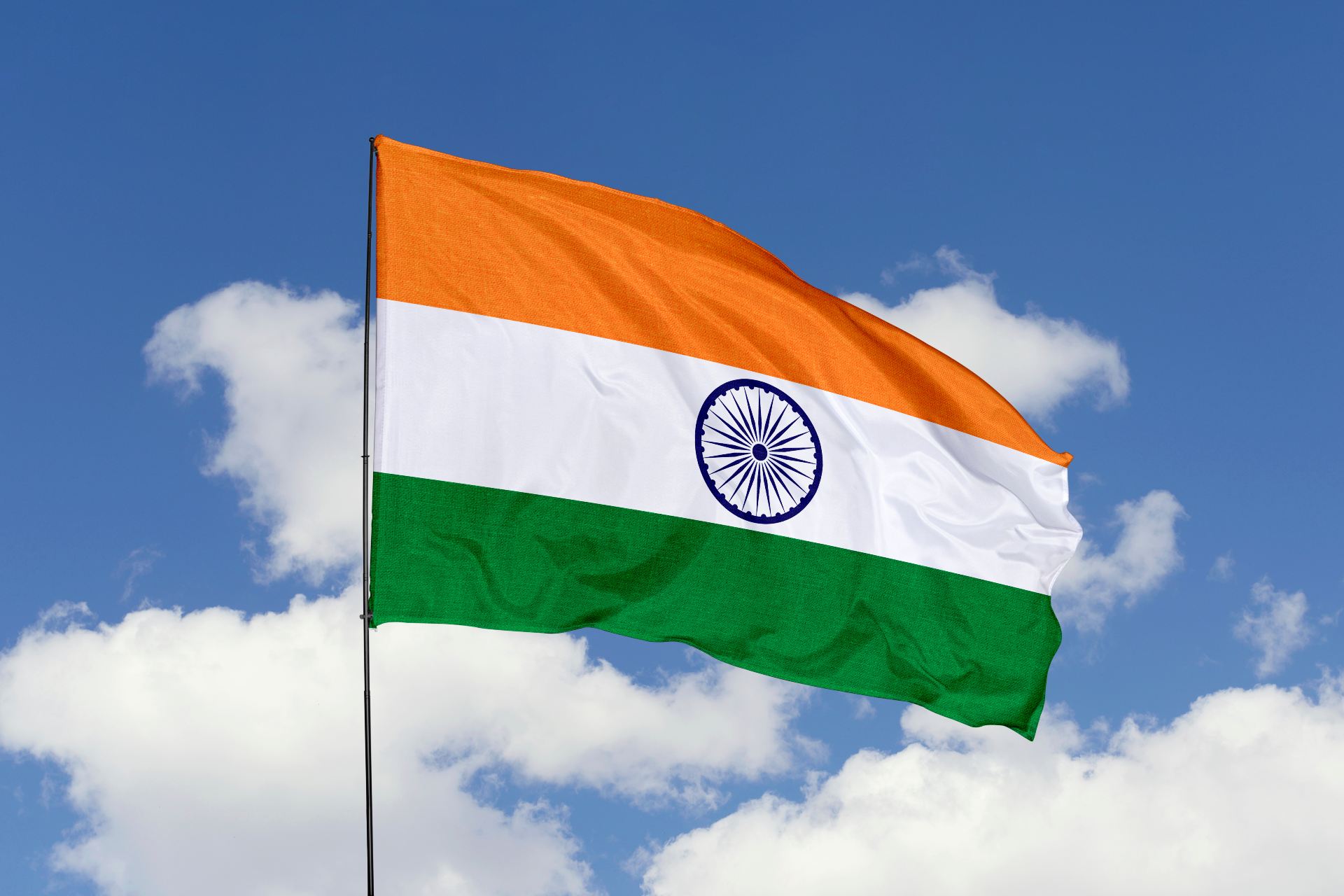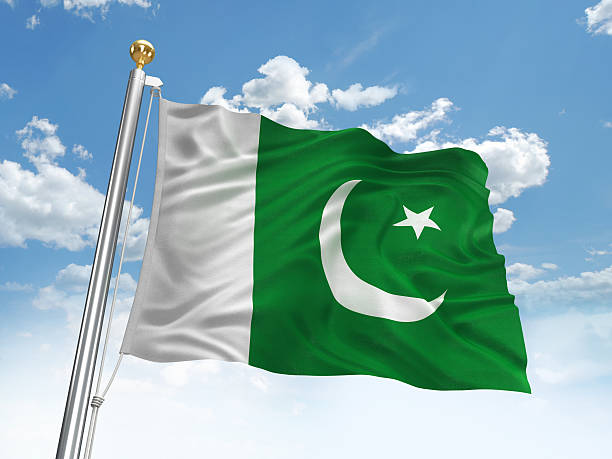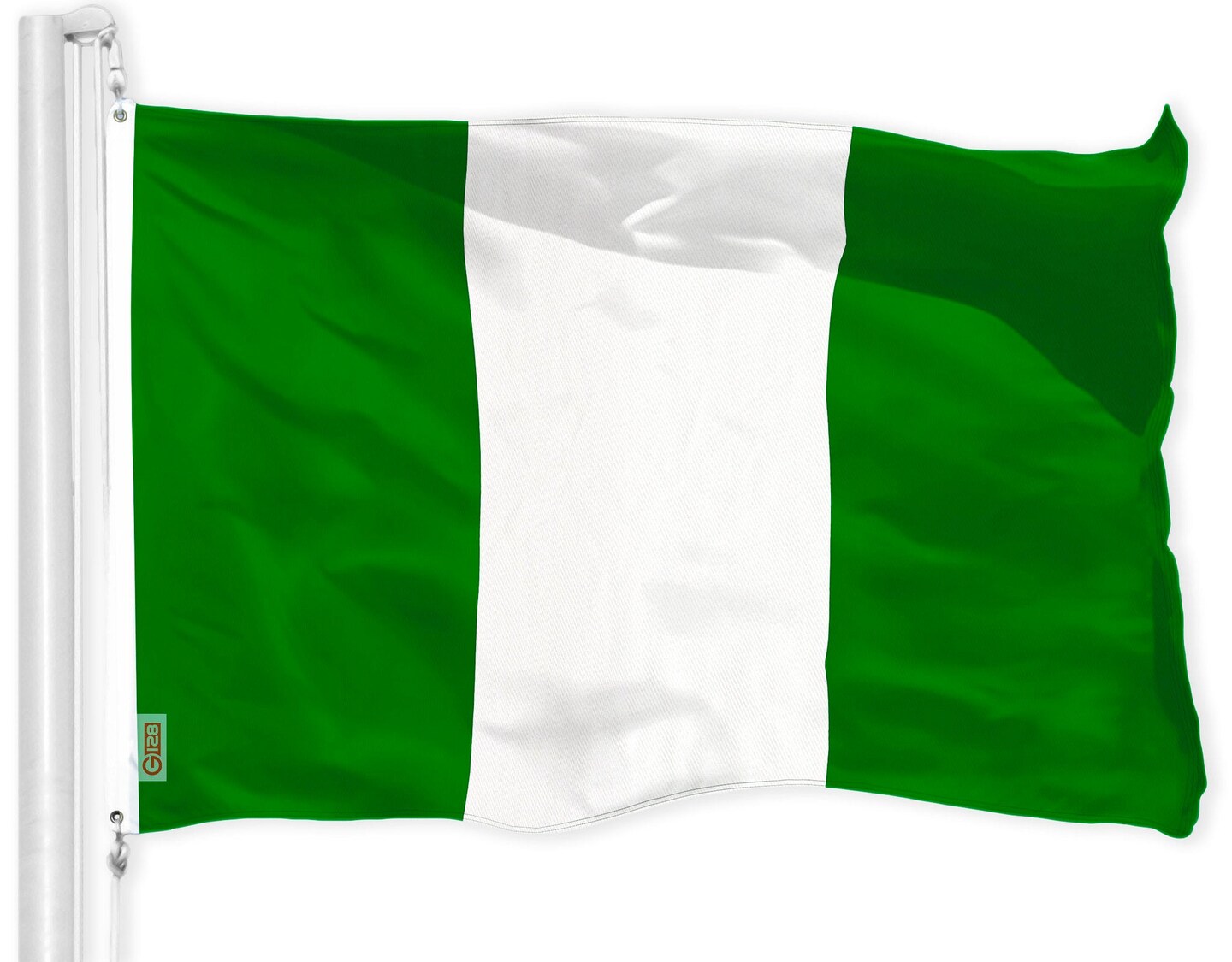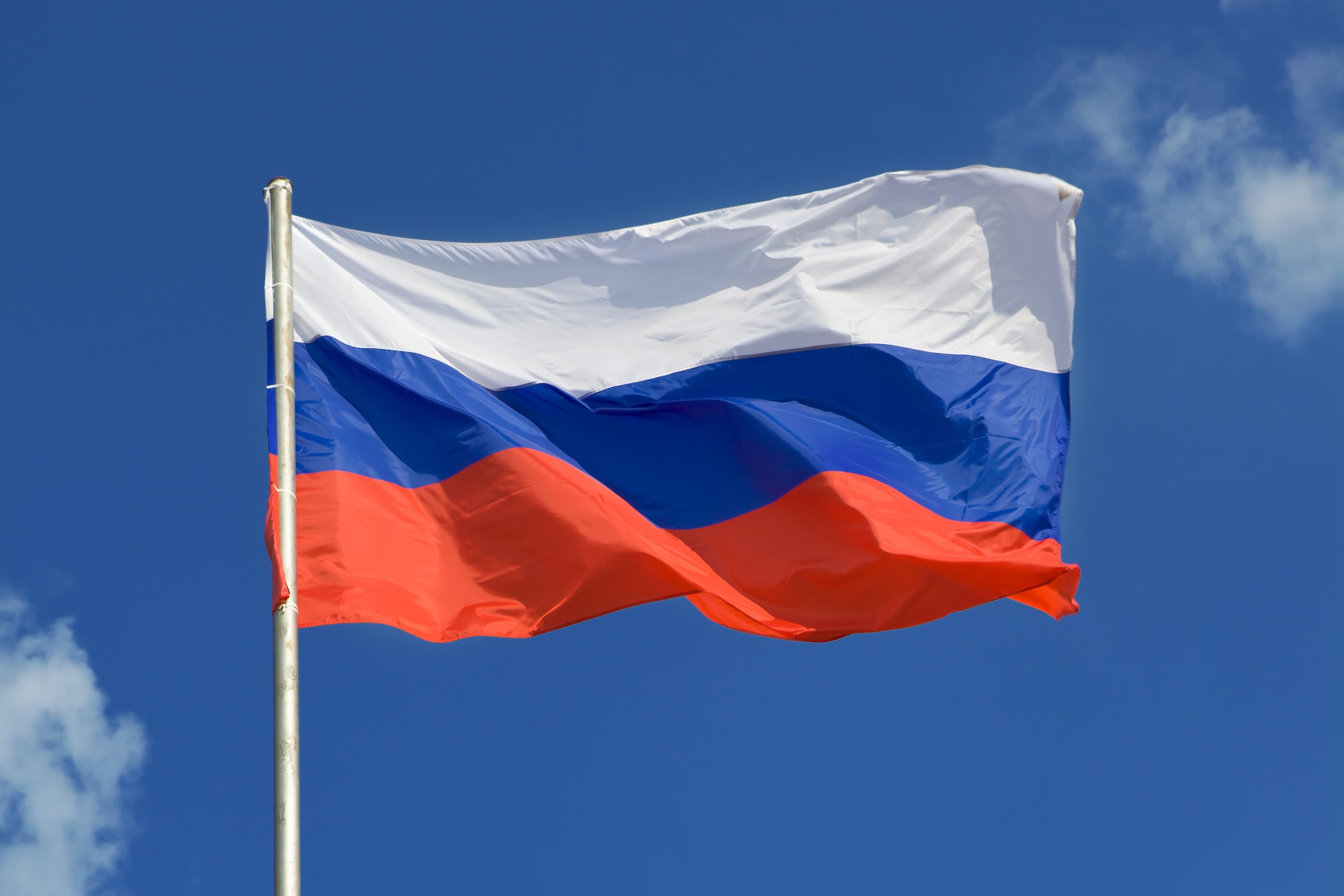Top 10 Countries with the Highest Number of Internet Users in 2025
By ICON TEAM | Published on Apr 16, 2025
List Of Top 10 Countries with the Highest Number of Internet Users in 2025:
The internet has become an essential part of contemporary life, changing the way we interact with the outside world, communicate, work, and study. Around 5.52 billion individuals worldwide roughly 67.5% of the global population will have internet access by 2025. Not all nations are equally affected by this digital revolution; some are in the forefront because of their sizable populations, sophisticated infrastructure, or quick adoption of new technologies. The top ten nations with the greatest number of internet users in 2025 are examined in detail below, with an emphasis on their digital environments, rates of penetration, and important connectivity-promoting variables.
1. India: 1.24 Billion Internet Users:

having an anticipated 1.24 billion users, India has risen to the top of the list of nations having the most internet users in 2025. India's enormous population of over 1.4 billion people and its quickly growing digital ecosystem are the main drivers of this astounding number. India has made great progress in closing the digital divide, especially in rural areas, with an average 88% internet penetration rate. This increase has been driven by the widespread availability of reasonably priced smartphones and inexpensive data plans from companies like Reliance Jio. By encouraging digital literacy and infrastructural development, government programs like Digital India have further expedited connection. With e-commerce, online learning, and social media sites like YouTube and WhatsApp controlling user behavior, India's digital economy is flourishing. Millions of people in isolated areas still do not have access, though, which emphasizes the necessity of further investments in connectivity.
2. China: 1.13 Billion Internet Users:
With 1.13 billion internet users, China will be the second-largest country in the world by 2025. China has a somewhat lesser number of internet users than India, but 80% of its 1.4 billion people utilize the internet. The "Great Firewall," a tightly regulated and regionalized internet ecosystem, is a defining feature of China's digital environment. Global behemoths like Google and Facebook are constrained, while platforms like WeChat, Baidu, and Douyin—TikTok's Chinese equivalent—dominate. Internet usage has been fueled by the nation's rapid economic expansion, broad adoption of 5G, and cultural fondness for technology. Particularly in urban areas, connectivity is almost universal, but government-led infrastructure projects are helping rural areas catch up. China's supremacy in digital is further demonstrated by its e-commerce industry, which is dominated by firms like Alibaba and JD.com, as well as its developments in AI and smart cities. Government censorship and privacy concerns, however, continue to be major problems for consumers.
3. United States: 327.18 Million Internet Users:
With over 327.18 million internet users, the United States comes in third place with a 94.4% penetration rate among its 340 million residents. The United States enjoys the advantages of a populace that is tech-savvy, extensive access to high-speed broadband, and sophisticated digital infrastructure. Strong connectivity is available in major cities and suburban areas, with Comcast, AT&T, and Verizon dominating the market. Due to the presence of tech behemoths like Google, Apple, and Meta, which influence worldwide internet trends, the United States leads the world in technological innovation. Internet use permeates every aspect of daily life, from online learning and remote employment to streaming services like Netflix. However, there remain connectivity issues in remote regions, and the digital landscape is still being challenged by worries about misinformation and data privacy. Americans spend a lot of time online for both personal and professional reasons, making the United States the country with the highest per capita internet usage.
4. Indonesia: 215.6 Million Internet Users:

Indonesia ranks fourth in the world with 215.6 million internet users. With a population of roughly 280 million, this Southeast Asian country boasts a 77% internet penetration rate. The widespread use of smartphones and the country's youthful, tech-savvy populace have propelled Indonesia's digital expansion. 98.9% of adults between the ages of 18 and 64 use smartphones to access the internet, demonstrating the dominance of mobile internet. Online business is driven by e-commerce platforms like Shopee and Tokopedia, while social media platforms like Instagram, TikTok, and WhatsApp are incredibly popular. Connectivity has increased thanks to government efforts to extend 4G and 5G networks, especially in major cities like Jakarta and Surabaya. Affordability is still a problem for others, and Indonesia's archipelago environment makes it difficult to provide reliable internet connectivity to isolated islands.
5. Pakistan: 170 Million Internet Users:

With 170 million internet users in 2025, Pakistan has become a major force in the digital sphere. The country, which has a population of nearly 240 million, has a 70% internet penetration rate. Pakistan's young population, rising smartphone adoption, and reasonably priced mobile data plans are the main drivers of its digital growth. E-commerce is growing in popularity thanks to sites like Daraz, while social networking sites like Facebook, YouTube, and TikTok are frequently used. The goal of the government's Digital Pakistan effort is to improve digital literacy and connection, especially in rural regions. However, obstacles including erratic infrastructure, power interruptions, and content regulations impede advancement. As 5G networks spread and digital services become more widely available, Pakistan's internet user population is anticipated to increase even more.
6. Brazil: 165.3 Million Internet Users:

Brazil is the sixth-largest internet user in the world, with 165.3 million subscribers. Brazil's internet usage, which accounts for over 77% of its 215 million inhabitants, is fueled by the country's thriving digital culture and extensive mobile connectivity. Brazilians spend more than nine hours a day online, mostly on social media sites like YouTube, Instagram, and WhatsApp, making them some of the most active internet users in the world. The e-commerce industry in the nation is flourishing, with Mercado Livre and similar platforms dominating the market. Urban areas in Brazil, including São Paulo and Rio de Janeiro, have strong connection, whereas rural and Amazonian areas have severe access problems. While programs to encourage digital inclusion are assisting more Brazilians in connecting to the internet, government attempts to increase broadband and 5G infrastructure are intended to alleviate these inequities.
7. Nigeria: 136.2 Million Internet Users:

With 136.2 million internet users, roughly 60% of its 230 million residents in Nigeria tops Africa in this regard. The nation's vast, youthful population and rising smartphone adoption are the main drivers of its digital growth. The main method of access is mobile internet, with popular apps like Instagram, WhatsApp, and Twitter. Nigeria's entertainment business, especially Nollywood and Afrobeats, uses the internet to reach a global audience, and the country's fintech sector, spearheaded by firms like Flutterwave and Paystack, is flourishing. Nigeria does, however, confront many obstacles, including as poor infrastructure, expensive data, and a glaring digital divide between urban and rural regions. Initiatives from the public and corporate sectors are attempting to increase connectivity, but results are inconsistent.
8. Bangladesh: 129.2 Million Internet Users:

With 129.2 million internet users and a penetration rate of almost 76% among its 170 million inhabitants, Bangladesh has experienced impressive digital growth. Thanks to widely available 4G service and reasonably priced smartphones, the nation has seen one of the fastest growth in internet adoption worldwide. While e-commerce and digital payments are becoming more popular, social media sites like Facebook and YouTube still hold a dominant position. Through programs like Digital Bangladesh, which emphasizes enhancing infrastructure and digital literacy, the government of Bangladesh has made digital transformation a top priority. But issues like slow internet and restricted access in rural regions continue to exist. Bangladesh still has a lot of untapped digital potential, especially given how tech-savvy its youth are.
9. Russia: 124.6 Million Internet Users:

Among its 146 million citizens, Russia has a penetration rate of about 85%, with 124.6 million internet users. The nation's sophisticated infrastructure and extensive use of both international services like Telegram and local platforms like Yandex and VKontakte have altered the digital environment of the nation. Urban areas in Russia have significant internet usage rates, with St. Petersburg and Moscow acting as digital centers. Digital media, online gaming, and e-commerce are important sources of internet traffic. However, a distinct, highly restricted digital world has been produced by government censorship and limitations on international sites. Despite these obstacles, investments in 5G and broadband infrastructure are helping Russia's internet user base to continue growing.
10. Japan: 118.6 Million Internet Users:

With 118.6 million internet users, a 94% penetration rate among its 126 million residents in Japan completes the top 10. Japan, which is well-known for its technological innovations, has a strong digital infrastructure and extensive high-speed internet access. Mobile internet is widely available, and sites like YouTube, Twitter, and LINE are very well-liked. Japan's elderly population is increasingly using digital services for communication and healthcare, and the country's e-commerce industry, driven by firms like Rakuten and Amazon Japan, is flourishing. While rural areas suffer issues because of demographic and geographic factors, urban areas have nearly universal connectivity. Japan's dedication to innovation, which includes the development of 5G and IoT, guarantees its ongoing significance in the digital world.
Comments 0